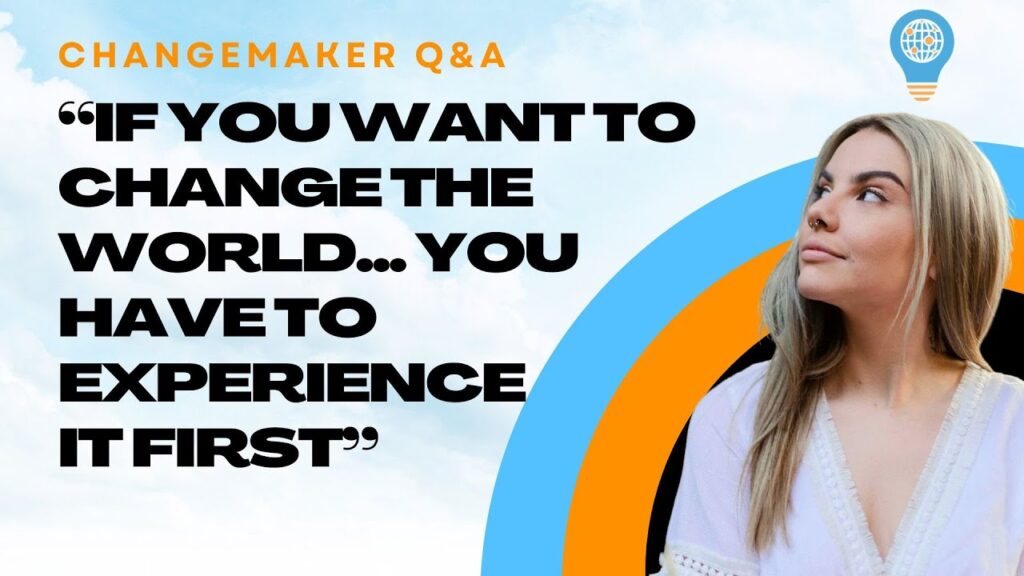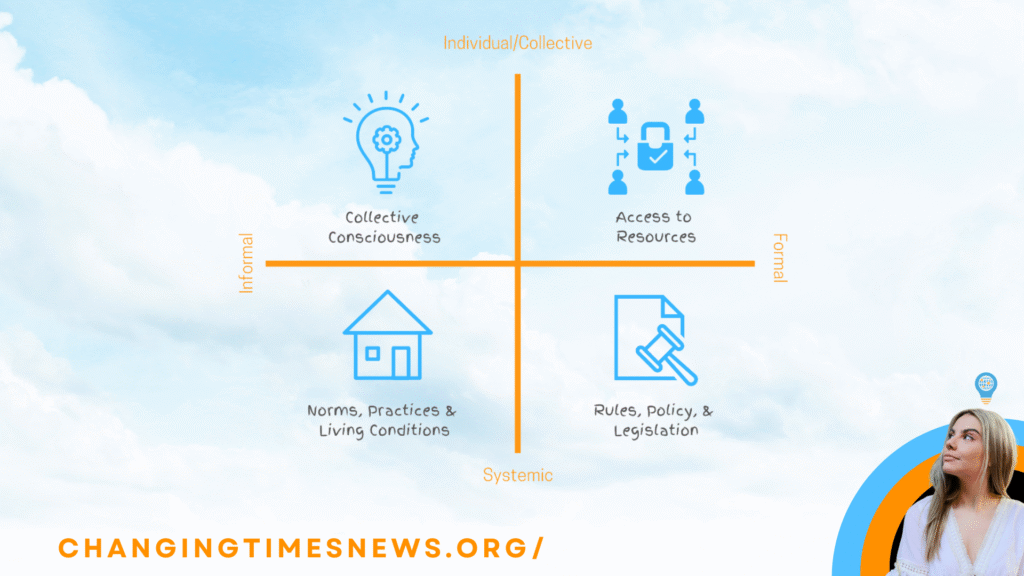When the United Nations adopted the Sustainable Development Goals (SDGs) in 2015, it was hailed as the most ambitious global development agenda to date. Seventeen goals, backed by 193 countries, set out a sweeping vision: to end poverty, reduce inequality, and tackle climate change, all by the year 2030.
But as we reach the halfway point to that deadline, questions about how we measure progress — and what progress really means — are becoming more urgent.
In the latest episode of Changemaker Q&A, host and Humanitarian Changemakers Network founder Tiyana J reflects on the SDGs’ strengths and shortcomings, drawing on her PhD research into communication and social change. For practitioners across the social change space, she argues, understanding both the promise and the pitfalls of the SDG framework is essential.
From Millennium Development Goals to SDGs
The SDGs followed the Millennium Development Goals (MDGs), an earlier set of eight targets launched in 2000. Those goals — halving extreme poverty, reducing child mortality, improving maternal health, and more — were groundbreaking in their clarity. By 2015, they had helped lift over one billion people out of extreme poverty, according to former UN Secretary-General Ban Ki-moon. Yet progress was uneven, and critics noted the MDGs often sidelined systemic issues like inequality and governance.
The SDGs attempted to correct that. Unlike the MDGs, which focused mainly on developing countries, the SDGs apply to every nation. They also expanded in scope, covering everything from clean energy and sustainable cities to gender equality and peace, justice, and strong institutions (United Nations, 2015).
Indicators Under the Microscope
Still, the SDGs are far from perfect. As Tiyana notes, one of the framework’s biggest weaknesses lies in its indicators — the measurements used to track progress.
Take SDG 5, which centers on gender equality. One of its “means of implementation” targets is to empower women through technology. Yet the official indicator? The proportion of men and women who own a mobile phone.
“Phone ownership might reflect access to technology,” Tiyana explains, “but it doesn’t tell us whether that technology is actually empowering women.”
This critique echoes concerns raised by development experts. A 2022 OECD report warned that poorly designed indicators risk “measuring what is easy to count, rather than what counts” (OECD, 2022).
A Call for Nuanced Measurement
For those working in the social change sector — whether in grassroots activism, humanitarian aid, or policy — the lesson is clear: don’t take SDG indicators at face value.
Instead, Tiyana encourages practitioners to adapt the framework to their contexts. That might mean designing more meaningful, locally relevant indicators to measure whether change is actually happening. As she puts it, “change itself is dynamic… and static indicators can only measure the outcomes, not the process of change.”
Why It Still Matters
Despite these shortcomings, Tiyana stresses that the SDGs remain a vital tool. Their broad scope makes them a common language across governments, NGOs, and businesses. For anyone seeking to create impact, knowing how the goals connect to your work — and when to go beyond them — is a critical skill.
With just five years left until the 2030 deadline, global progress remains off track. The UN’s own 2023 progress report notes that only 15 percent of SDG targets are on course for achievement (UN, 2023). Yet the conversation sparked by critical voices — from policymakers to researchers like Tiyana — may be exactly what is needed to evolve the framework into something that measures not just what has changed, but how.
As Tiyana reminds listeners, “The SDGs are still really important… but we need more effective ways to measure change.” For changemakers everywhere, that means using the goals as a guide — not a ceiling.


